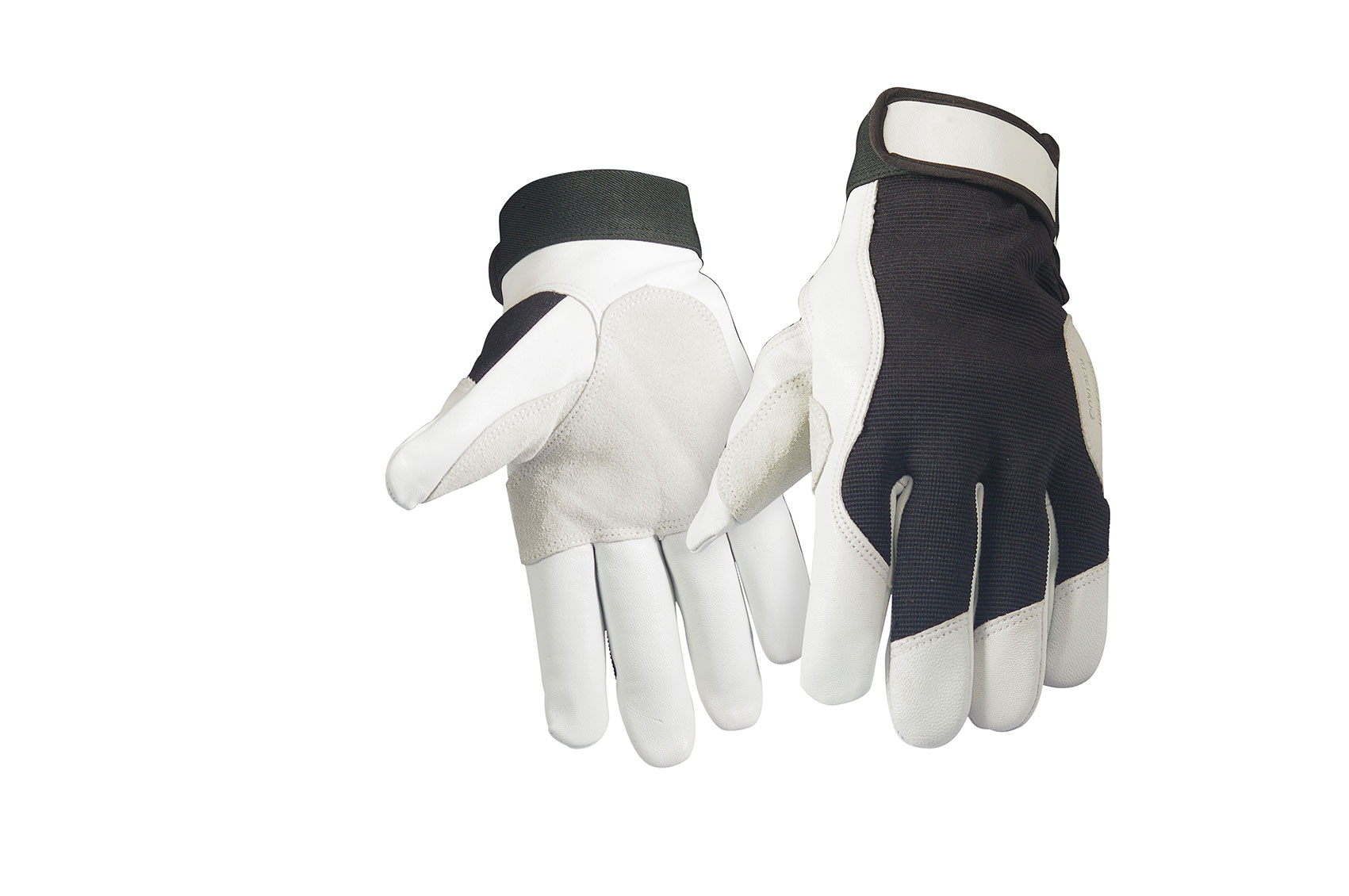In the realm of automotive maintenance and repair, mechanics work gloves have undergone a significant transformation over the years. What once started as simple, traditional designs has evolved into a realm of innovative solutions that prioritize not only protection but also comfort and functionality.
Traditional Roots
The journey of mechanics' work gloves traces back to the basics – simple, sturdy gloves crafted from leather. These traditional gloves served as a barrier against grease, oil, and rough surfaces, providing essential protection for mechanics as they worked on engines and machinery. If you also want to know more about the mechanics of work gloves, you can explore this link https://handarmorgloves.com/product-category/gloves-and-mittens/best-mechanics-gloves/.

Material Revolution: Leather vs. Synthetic
As the demand for more versatile and adaptable gloves grew, a shift from traditional leather to synthetic materials emerged. The debate between leather and synthetic gloves became a focal point in the evolution. Leather, known for its durability, gave way to synthetic alternatives offering enhanced flexibility and breathability. This marked a crucial turning point, introducing a broader range of choices for mechanics based on their specific needs and preferences.
Innovative Designs for Specialized Tasks
The modern mechanic faces a diverse set of challenges, from intricate electronic components to heavy-duty machinery. Innovations in mechanics work gloves now cater to these specific tasks. Gloves with touchscreen compatibility, impact-resistant features, and specialized grip patterns have become commonplace, ensuring that mechanics can handle any job with precision and safety.
Comfort and Ergonomics
Innovation in mechanics work gloves hasn't solely focused on protection; comfort and ergonomics have taken center stage. With features like adjustable wrist closures, moisture-wicking materials, and form-fitting designs, today's gloves prioritize the comfort of the wearer, recognizing the importance of dexterity and tactile sensitivity.
Conclusion
The evolution of mechanics work gloves is a testament to the dynamic nature of the automotive industry. From the simplicity of leather gloves to the sophistication of modern, specialized designs, these gloves have come a long way. The intersection of tradition and innovation has resulted in gloves that not only protect mechanics' hands but also enhance their overall performance.